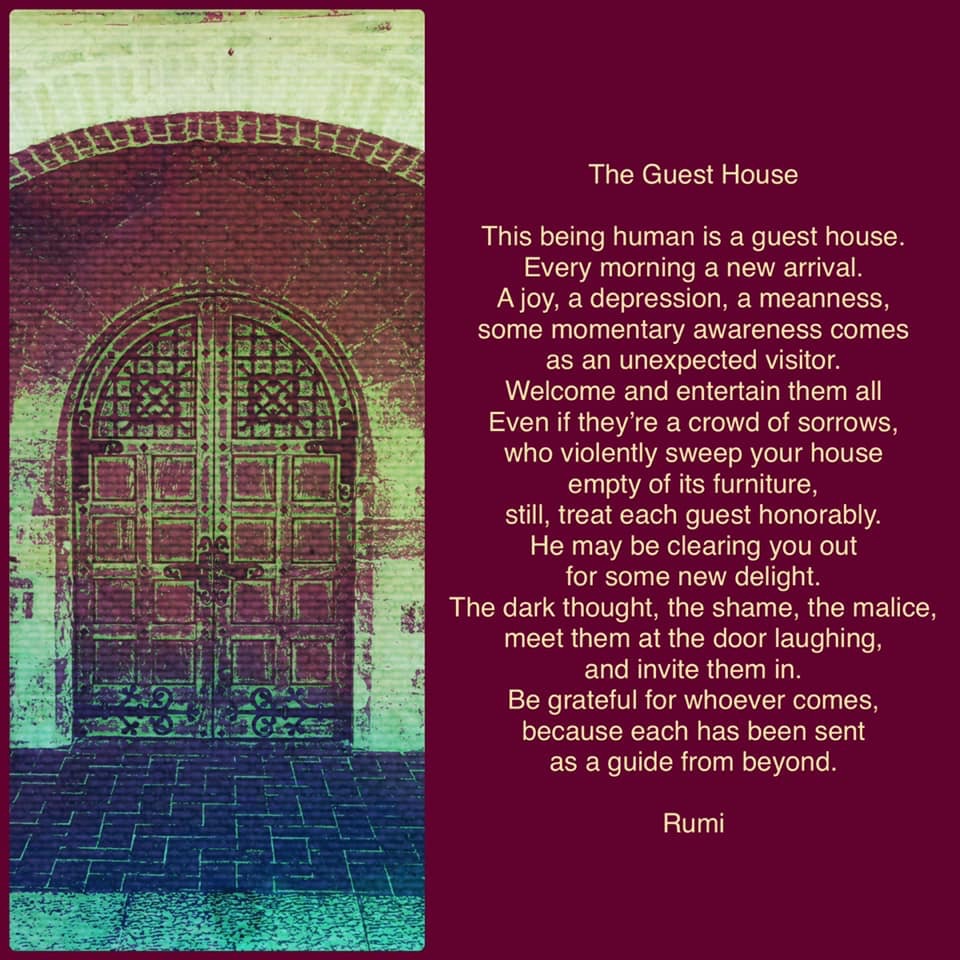Practices


Through simple breath and mediation practices we are able to tap into knowing with more of us, which is the definition of wisdom. These practices help to build the corpus callosum – the nerve fibers between the right and left hemispheres of our brain giving us greater access to our full range of perceptions and creativity. It is also a wonderful way to relieve stress. Here are some guided practices that I invite you to try as you build your capacity to calm the internal frenetic chatter and relax into your deep knowing.
Calming
Breath Practice
This particular practice stimulates our vegus nerve that runs from the base of our brain to all of our internal organs. It is our internal information highway that regulates our heart, lungs and digestive tract. It is part of our parasympathetic nervous system that is responsible for our capacity to rest and recover.
Stimulating this nerve can improve our mood, and decrease inflammation. It plays a role in our capacity to learn and remember, helps control our blood pressure and heart rate and allows us to bounce back from stressful or fearful situations.
When the pace of our daily life begins to create anxiety or tension, this practice can bring us to a sense of calm. When we have a decision to make, it is a way to slow down and come to greater clarity as our mind and body align. By slowly and mindfully inhaling and exhaling our pulse slows and we become more relaxed and focused.
Play the guided meditation below.
8-sided meditation
This is a simple practice that helps us to come into awareness of the present moment. It can be done anywhere – even in the car or while waiting in line.
In our busy lives we rarely come into full awareness of the present moment. We are either thinking about the past or planning the future. Being fully present is a gift not only to ourselves but to our work and our families. I invite you to practice this daily to see what difference it makes in the quality of your life.
Play the guided meditation below.
Yoga Nidra – Awakened Sleep
Actually it is a play of opposites. Yoga is the action of awakening to our true nature as pure being. Nidra is the state in which we are asleep to our true nature and become over identified with our thoughts, actions and reactive patterns.
We normally tend to be asleep to our true nature in all our states of waking, dreaming and deep sleep. While at the same time when we sleep we lose the sense of our separate self and all the drama of our lives. In dreamless sleep we are not aware of stress, tension or conflict. We are not aware that we even have a body or a mind.
What would it be like to be awake and at the same time unattached to our contracted lives?
Yoga Nidra teaches us how to investigate the nature of our beliefs that define our personal identity and separate us from the world around us. This practice helps us to move from stress into a state of equanimity. It invites us to investigate what we assume to be true through a series of self–inquiries using a play on opposites. Mahatma Gandhi often used this practice on the train between speaking engagements.
For our purposes before beginning this practice I invite you to find a comfortable place to lay on your back with a pillow or support underneath your knees. You may want to place a blanket over you and even wear a night mask to shield any light from your eyes. In other words, get as comfortable as possible.
Throughout this meditation you may find yourself wandering in and out of consciousness. Simply take note of that and allow your curiosity to guide you. It is all good!
Play the guided meditation below.
Welcoming our emotions


This is a contemplative prayer practice that helps us to honor our full range of emotions instead of being held captive by them. All of our emotional responses begin in the body as some sort of sensation. The more distasteful the emotion the more discomfort we feel in our bodies. Unbeknownst to us, our bodies may be experiencing threat to the point where we will do just about anything to get rid of those sensations. Hence our response to difficult emotions is to overreact, run away or shut down. This welcoming practice helps us to grow our capacity to become more emotionally self-aware so that we can chose our responses instead of over-reacting to our emotions.
In this meditation we begin by welcoming and honoring all of our emotions as guides sent from beyond. Then we come into an awareness of the location of those emotions in our body and listen for their wisdom even if they are a crowd of sorrows. Finally we practice letting go of the contractions that keep these emotions stuck inside of us. These are the false-self patterns of control, power, affection and esteem.
As we silently consent to letting go we become aware of the desires that hold us captive to our particular situation. It is at this point that we can delve deeper into the fears behind those desires. This has been a key practice in my daily life as I encounter anxiety-producing situations. You can use this as a prayer practice to welcome any feeling, thought, emotion, or body sensation that you may be experiencing.
Play the guided meditation below.
Would you like a written guide for the meditation?
